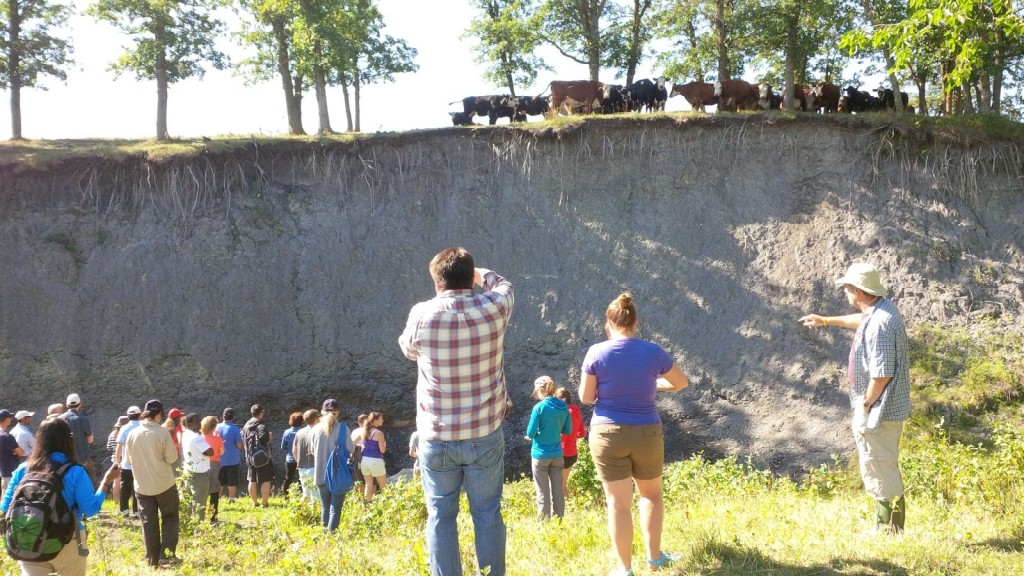Researchers in Manitoba are using “fingerprinting” technology to determine the source of phosphorous in Lake Winnipeg that is negatively impacting water quality. Nutrients entering Lake Winnipeg, in particular phosphorous, have increased over the past several decades. The nutrients have degraded the Lake’s health, leading to nuisance algae impacting drinking water for more than 23,000 residents, commercial fisheries, and a $110 million recreation and tourism industry. David Lobb, senior research chair of the Watershed Systems Research program at the University of Manitoba and his team are using techniques for applying colour coded isotope tracers on stream sediments.
Computer models track the movement of these soils and show their path downstream in the Tobacco Creek Watershed. Sediment-transported nutrients are a key component of the water quality issues affecting the Lake and until now, efforts to reduce nutrient loads have focused targeted surface sources. Development of effective beneficial management practices to minimize adverse impacts on water quality requires a sound understanding of the sources of nutrients.
The research shows that the predominant source of phosphorous in the Lake comes from stream bank erosion, as opposed to agricultural runoff. Therefore, watershed-scale flow dynamics that cause river channel erosion also need to be considered. The results of this study were published in the Journal of Environmental Quality.









